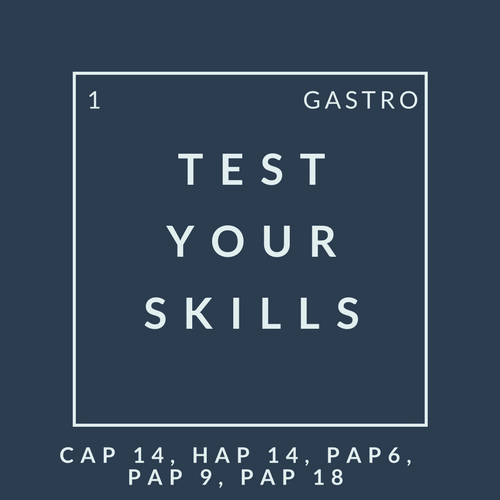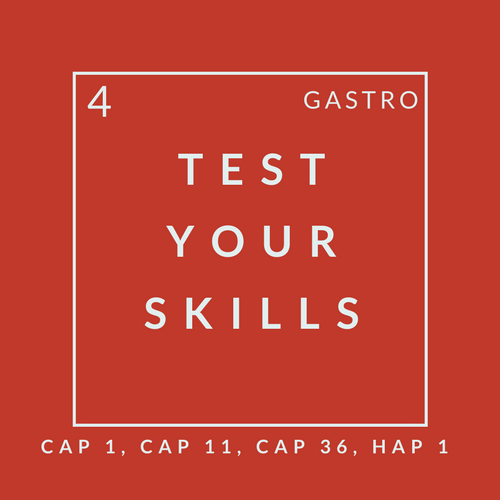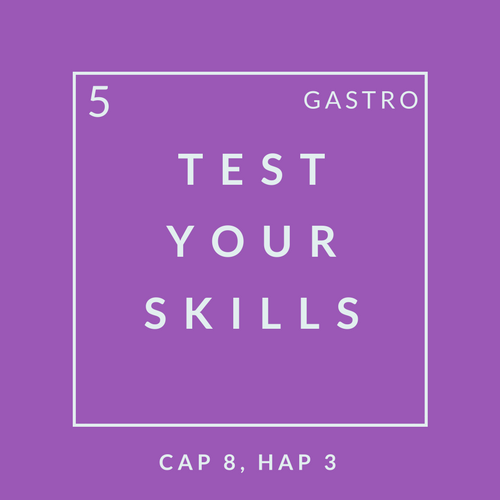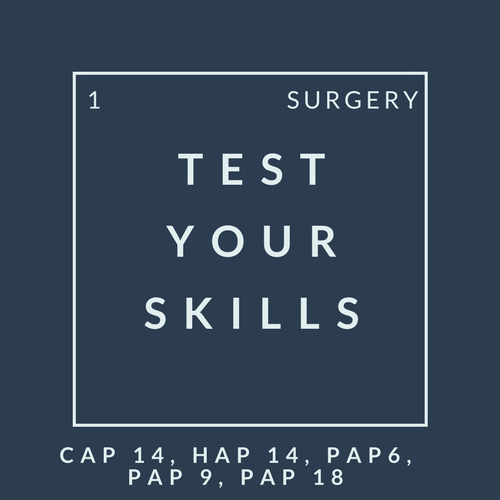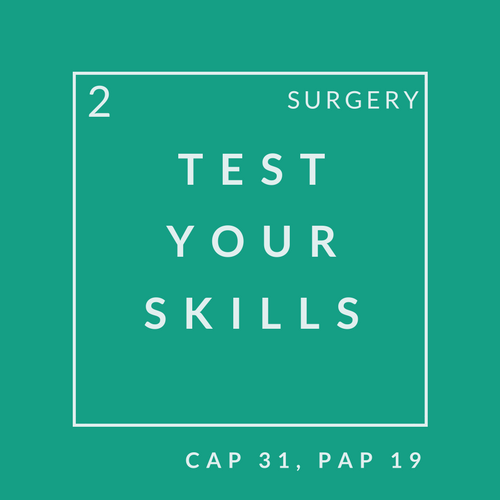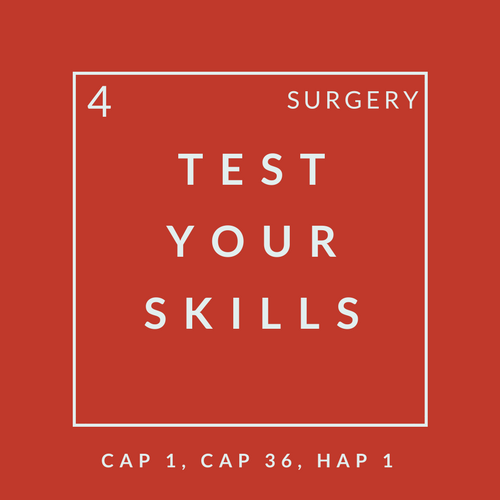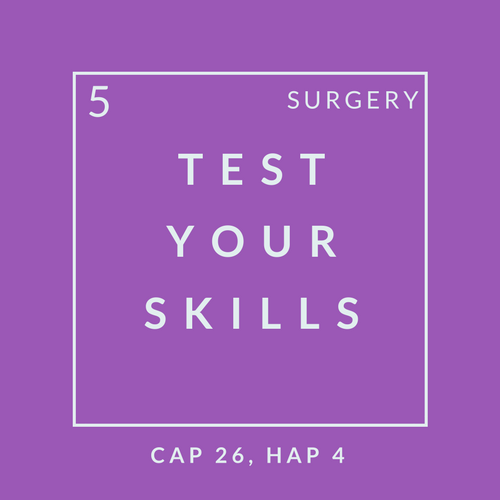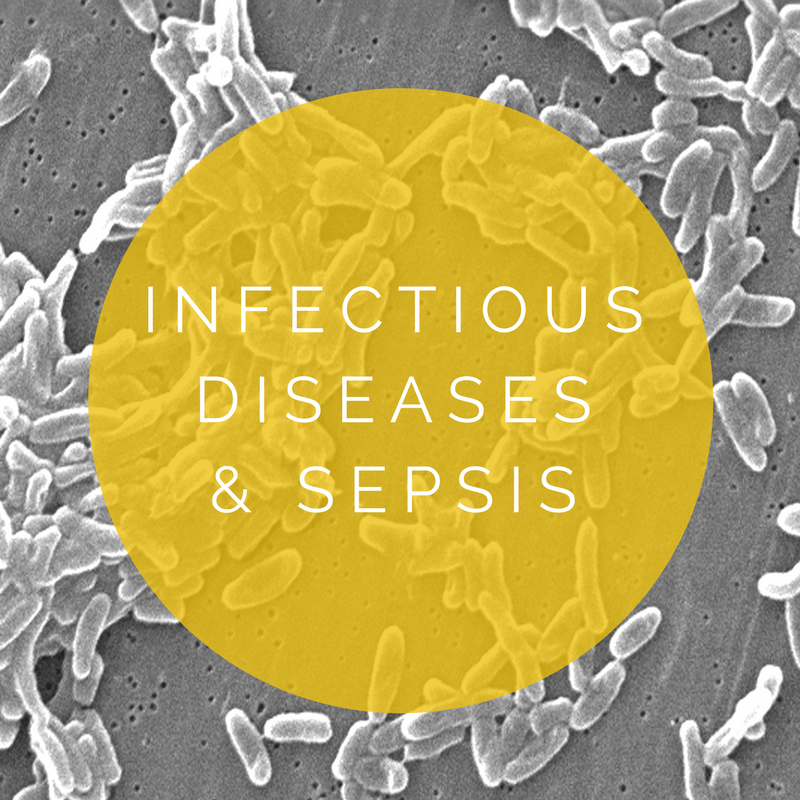Abdominal & Urology
Aims for the Week
This week’s theme incorporates several specialties including General Surgery, Gastroenterology and Urology. By the end of this week you should be able to:
Describe abdominal vascular supply and its relevance to the patients presenting with abdominal pain
Identify solid organomegaly and investigate the differential diagnoses
Recognise the acute abdomen & discuss its causes
Perform a comprehensive abdominal examination and identify diagnostic signs
Optimally investigate the patient presenting with abdominal pain
Describe the management of emergency renal presentations
Discuss the management of emergency penile & testicular presentations
Apply the Glasgow Blatchford Score to determine safe discharge of patients presenting with upper GI bleeding
Implement the management of major GI bleeding, including the Major Haemorrhage Protocol
Discuss anti-emetics including their mechanism of action & contraindications
Abdominal Pain
Abdominal pain is a common and quite non- descript complaint at triage. This resource will help you elicit some really useful surgical signs. Check out these resources on some of the most acutely severe surgical conditions presenting to the ED.
Masses
You examine the patient and find that they have an abdominal mass. A pulsatile central mass is indicative of abdominal aortic aneurysm, but hepatomegaly & splenomegaly on the other hand have a huge list of differentials.
Abdominal Vascular emergencies
Abdominal vascular supply is quite complicated but all originate from three main trunks, the coeliac artery, SMA and IMA. This resource will help you brush up on that anatomy.
Knowing this is very useful for example in cases such as ischaemic colitis and upper GI variceal bleeding.
Anyone presenting with an upper GI bleeding should have a risk assessment prior to discharge from the ED. This is because it has such a wide range of severities from insignificant, to those requiring activation of the Major Haemorrhage Protocol.
This resource on scoring systems for GI bleeding will help you decide if a patient requires admission, or if they’re safe for discharge.
Vomiting
Vomiting is a hugely distressing symptom for patients; this resource gives a guide to various anti- emetics, how they work, doses, side effects and contraindications.
Urological Emergencies
Pains related to Urological conditions are often described as the worst pains imaginable. ‘Worse than childbirth’ is a classic phrase used to describe renal colic.
Acute urinary retention is another incredibly distressing condition, but spare a thought for the patient with a paraphimosis or priapism, if you can fix their problem they will be extremely grateful.
Do you try to elicit the cremasteric reflex? Its absence is a tell-tale sign of testicular torsion, examining for it might not save the patient’s life but it may save future lives!!!
Test Yourself
TEST YOUR KNOWLEDGE of Abdominal conditions and urology WITH OUR QUICK QUIZZES
All mapped to the ACCS & Emergency Medicine HST curriculum!

